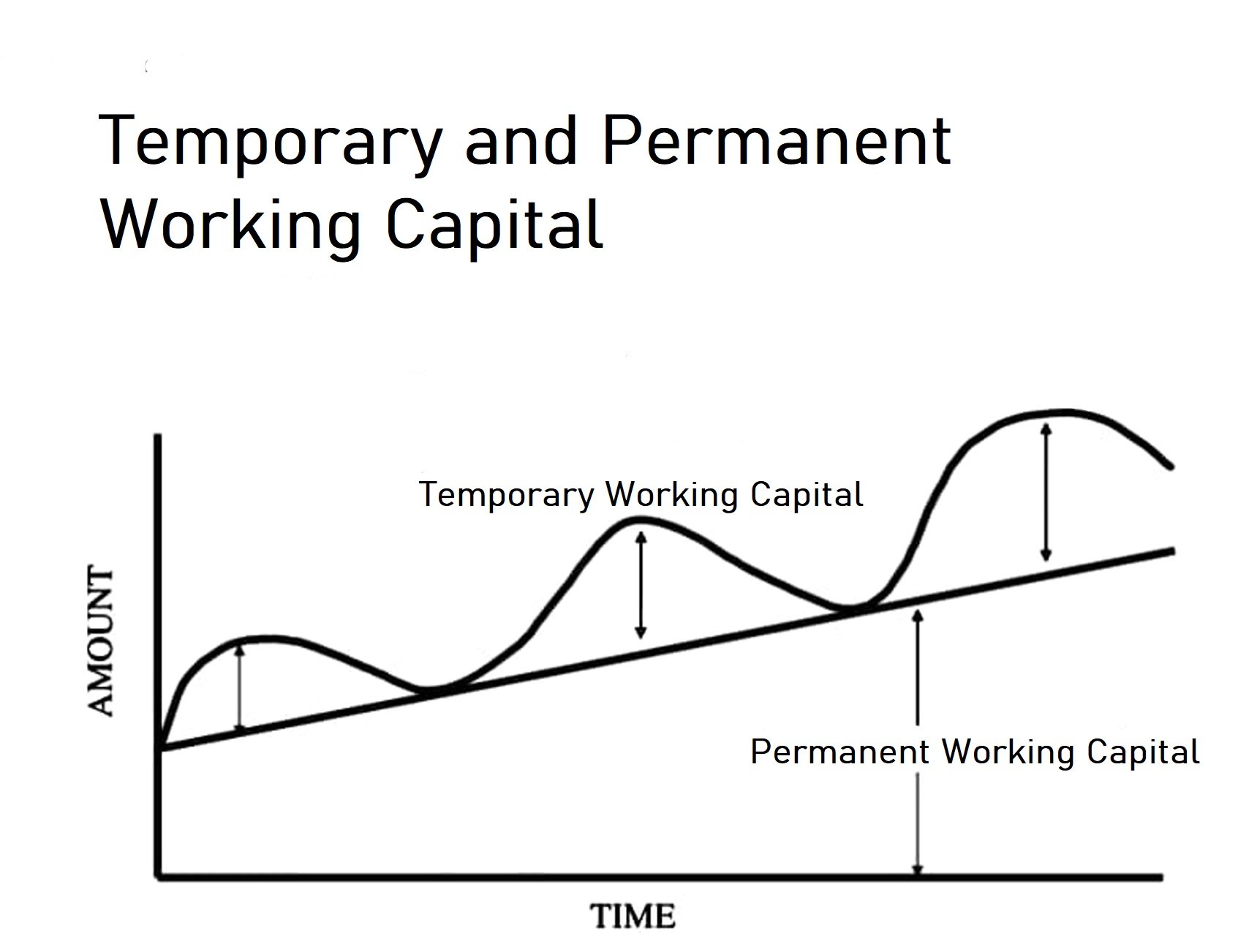Capital maintenance is a principle that states profit should not be recorded until its cost or capital has been maintained. In other words, profit should not be recognized unless net assets have been maintained. Capital maintenance states that profit recognized is the increase in the value of net asRead more
Capital maintenance is a principle that states profit should not be recorded until its cost or capital has been maintained. In other words, profit should not be recognized unless net assets have been maintained.
Capital maintenance states that profit recognized is the increase in the value of net assets. However, there are two exceptions to it:
- Cash increased because of sale of stock to shareholders
- Cash decreased because of dividend payout to its shareholders
It is important because:
- It protects the interest of shareholders
- It protects the interest of creditors
- Accurately analyzing the performance of the company
Capital maintenance is of two types:
- Financial Capital Maintenance
It is measured by the value of assets at the beginning and end of the financial year.
- Physical Capital Maintenance
It is measured by the production capacity at the beginning and end of the financial year.
Capital maintenance is concerned with keeping proper account balances of assets and not the physical assets.
Inflation is the increase in the economic value of goods due to the lower purchasing power and not an actual increase in the value of assets. So, if the value of an asset is increased due to inflation it does not depict the right picture for the company.
Hence, if the value of assets increases due to inflation, companies need to adjust the value of assets to assess if capital maintenance has occurred.
See less







Biological Assets comes under International Accounting Standard IAS 41 Agriculture. IAS 41 Agriculture is the first standard that specifically covers the primary sector. The scope of IAS 41 is accounting for agricultural activity. Agricultural Activity- It is the management of biological transformatRead more
Biological Assets comes under International Accounting Standard IAS 41 Agriculture.
IAS 41 Agriculture is the first standard that specifically covers the primary sector. The scope of IAS 41 is accounting for agricultural activity.
IAS 41 does not apply to
Biological Assets
Definition
Biological assets are living plants or animals that go through biological transformation, owned by an entity to prepare agricultural produce for the purpose of agricultural activities only.
Living plants include plants that are consumable within 1 year and are harvested. It also includes plants that are used for lumbering and wood-cutting activities.
Examples
Examples of biological assets are:
Sheep, pigs, poultry, beef cattle, fish, dairy cows, plants for harvest etc
Importance
Accounting & Presentation
Recognition
Under IAS 41 biological assets are recognised when
Agricultural produce is recognised
Agricultural produce is derecognised when
Measurement
Gains & Losses
Treatment
- The sale of agricultural produce is treated as revenue in the statement of profit and loss.
- Agricultural produce to be harvested for more than 12 months, livestock to be held for more than 12 months and trees cultivated for lumber are recorded as Biological assets under the Non-current assets head in the balance sheet.
- Agricultural produce to be harvested within 12 months, livestock to be slaughtered within 12 months and annual crops like wheat, and maize are recorded as Biological assets under the head Current assets in the balance sheet.
- Inventories produced from agricultural produce are presented as Inventory under the head Current assets in the balance sheet.
See less